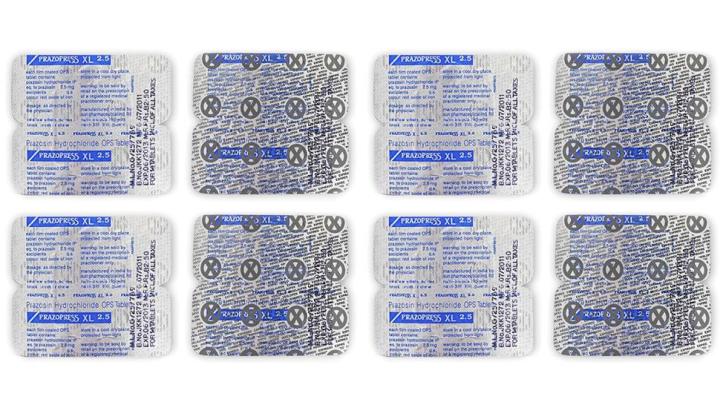
Medicine packets are pretty generic looking, to say the least. Just go to your medicine cabinet and check out the blister packs and see how long it takes for you to identify which pill does what for your illness. Unless you have an efficient labeling system, you’ll have to read the complicated scientific name, remember why you have this in the first place, find the little print that says the expiration date, then decide if it’s the correct medicine to treat your conditions. Expired medicine can have side effects from either end of the spectrum – the pills can be deemed null and void, or become extremely fatal to consume.

“Outside of the West, there is little awareness to the concept of a medicine becoming ‘expired,'” the Goels said. “We’re not even just talking about the market shelf-life of a medicine strip here. It’s alarming how little the average person understands how quickly a medicine becomes dangerous for consumption.”
In the United States, it is common for consumers to buy medicine by the box or bottle. Elsewhere, consumers can by drugs by blister packs or even by the pill, making it harder for users to locate important drug information. With the new packet concept, people can quickly identify which medicine to toss out even without reading. This is especially helpful around the world where people may not read or understand the complicated English names for various drugs.
While the concept is seemingly simple, there are plenty of regulation hurdles before the idea could ever be approved. Medicine is one of the most heavily regulated industries out there given the huge liability and all the lawyers that are ready to pounce on new products any chance they get. We can’t estimate how long it’ll take – if ever – for the Goels’ concept to come to reality, but it’s a useful one that’ll benefit all drug users young and old.


